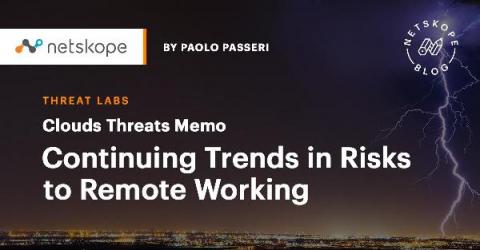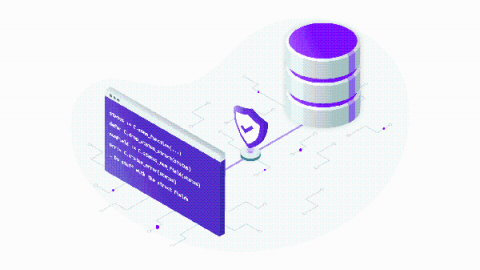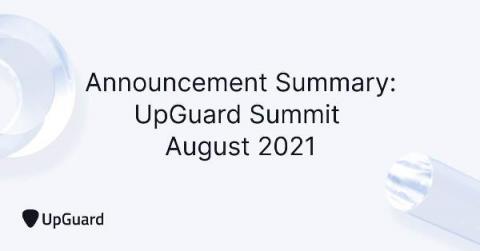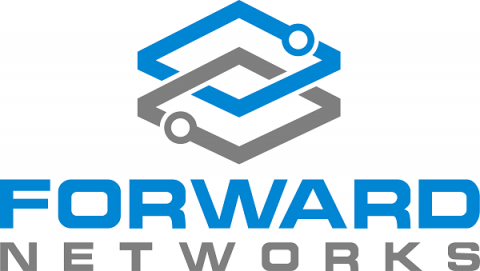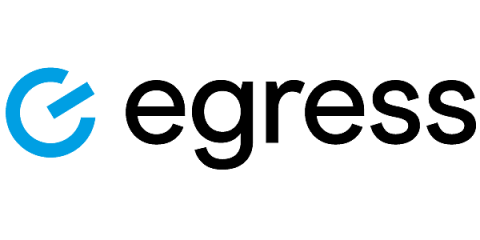Security | Threat Detection | Cyberattacks | DevSecOps | Compliance
Latest News
Cloud Threats Memo: Continuing Trends in Risks to Remote Working
The U.S. Cybersecurity and Infrastructure Security Agency (CISA), the Australian Cyber Security Centre (ACSC), the United Kingdom’s National Cyber Security Centre (NCSC), and the U.S. Federal Bureau of Investigation (FBI) have recently published a joint advisory providing details on the top 30 vulnerabilities routinely exploited by malicious cyber actors in 2020 and those widely exploited in 2021 so far.
Using Datalog to Test for Access
This summer, I was fortunate enough to get an internship at Teleport. Being part of the co-op program at the University of Waterloo, I have worked at many different companies before, and this internship will be my fourth placement as I finish my first term of the third year. The project that I was assigned to was an interesting one.
Announcement Summary: UpGuard Summit August 2021
UpGuard Summit is UpGuard’s quarterly virtual event where we discuss the future of cybersecurity with security leaders across the globe. During the latest UpGuard Summit, on August 18, 2021, some exciting announcements were made about new and upcoming features. The details are summarized below.
Hey buddy - wanna buy a zero trust?
In the past couple of weeks, I’ve had the opportunity to attend two technology events IN PERSON!!! Seeing people “mask-to-mask” has been fun and educational. Forward Networks recently exhibited at Black Hat in Las Vegas and AFCEA TechNet Augusta. Obviously, security was the topic at Black Hat, but it was also top of mind for TechNet attendees, and attendees at both events stressed the need for better network behavioral insight.
CIS Control 1: Inventory and Control of Enterprise Assets
Since 2008, the CIS Controls have been through many iterations of refinement and improvement, leading up to what we are presented with today in CIS Controls version 8. CIS Controls reflect the combined knowledge of experts from every part of the ecosystem (companies, governments, and individuals). The controls reflect consideration by people in many different roles such as threat analysts, incident responders, solution providers, policy-makers, and more.
FBI warns of OnePercent ransomware gang - what you need to know
The FBI has published a warning about a ransomware gang called the OnePercent Group, which has been attacking U.S. companies since November 2020.
What did we learn from the 2021 ICO Report?
The 2021 ICO Annual Report highlights areas of concern for UK organisations, including the rise of ransomware, the constant threat of email phishing, and the lack of public faith in companies’ handling of data. Let’s dive into some of the more interesting findings from the regulatory body’s latest report.
Elastic on Elastic: Deep dive into our SIEM architecture
The Elastic Infosec Detections and Analytics team is responsible for building, tuning, and maintaining the security detections used to protect all Elastic systems. Within Elastic we call ourselves Customer Zero and we strive to always use the newest versions of our products.
Old mobile numbers can compromise unsecure MFA systems
Multi-factor authentication (MFA) adds a layer of security to logins that is essential to prevent unwanted access. This verification process uses a second device (owned by the user) as an additional identity verification element to which a token is sent (or generated) that certifies access veracity. The most secure MFA systems use applications to generate temporary codes, but many still rely on sending text messages to mobile phones (OTP).



